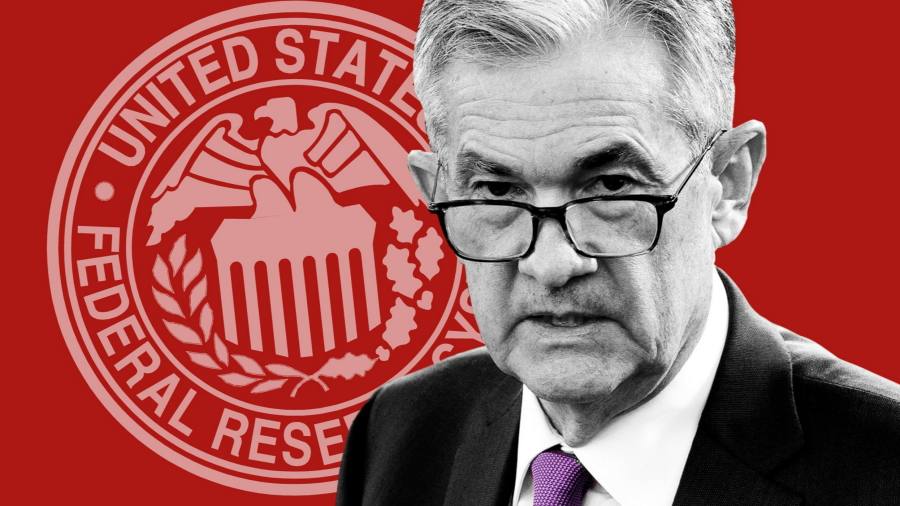Receive free Markets updates
We’ll send you a myFT Daily Digest email rounding up the latest Markets news every morning.
US government bond yields raced higher on Thursday as investors assessed the future path of global monetary policy, and after economic growth data for the world’s biggest economy came in stronger than expected.
The yield on the benchmark 10-year Treasury note was up 0.16 percentage points to 4.01 per cent in mid-afternoon trading in New York, reflecting a sharp drop in the debt instrument’s price. The policy-sensitive two-year yield rose 0.11 percentage points to 4.94 per cent.
Those moves came after gross domestic product data showed economic growth was stronger than anticipated in the second quarter of 2023, despite the Federal Reserve’s efforts to quell inflation through multiple interest rate rises.
The rise in Treasury yields on Thursday steepened after Nikkei Asia reported that the Bank of Japan will discuss making changes to its closely-watched “yield curve control” policy of buying bonds to depress yields on Friday.
Nikkei reported tweaks could include potentially allowing long-term rates to rise above the BoJ’s previously permitted cap of 0.5 per cent.
The yen strengthened past ¥139 against the dollar, from just above ¥141 earlier in the day.
Most major central banks are now widely expected to be nearing the end of their historically rapid tightening cycles. Any BoJ policy announcement on Friday would follow a quarter-point interest rate rise by the Fed on Wednesday, and a similar-sized increase by the European Central Bank on Thursday.
In stock markets, Wall Street’s S&P 500 reversed gains earlier in the session to trade down 0.4 per cent as the rise in Treasury yields accelerated. The technology-heavy Nasdaq Composite also reversed an early advance to trade 0.3 per cent lower.
Europe’s Stoxx 600 rose 1.4 per cent, closing at its highest level since Russia invaded Ukraine in February 2022, while France’s CAC 40 was up 2.1 per cent and Germany’s Dax advanced 1.7 per cent.

The ECB’s latest rate rise, which took its benchmark deposit rate to 3.75 per cent, marked the ninth consecutive increase in the space of one year in efforts to tackle raging eurozone inflation. Policymakers did not rule out the possibility of rates rising further in September.
Claus Vistesen, chief eurozone economist at Pantheon Macroeconomics, said: “Last month, Lagarde all but pre-committed to today’s hike. We are confident that she won’t do the same for September today, but we think she will keep her cards close to the body.”
The Fed’s current “target range” now stands at 5.25 per cent to 5.5 per cent. The US central bank’s chair, Jay Powell, refrained from issuing clear forward guidance after Wednesday’s policy decision announcement, noting that the Fed’s rate path could be swayed by inflation and jobs reports expected before the next policy meeting.
In a statement following the decision, the Federal Open Market Committee said US inflation remained “elevated”, jobs gains had been “robust” in recent months and economic activity was growing “at a moderate pace”.
“This rate hike should mark the last in this cycle,” said Kerry Craig, global market strategist at JPMorgan Asset Management. “[But] unless the economic outlook deteriorates sharply, any view on rate cuts should be firmly pushed into 2024.”
Markets were mixed in Asia, where Hong Kong’s benchmark Hang Seng index rose 1.4 per cent, while the CSI 300 index of Shanghai- and Shenzhen-listed stocks slipped 0.1 per cent.

